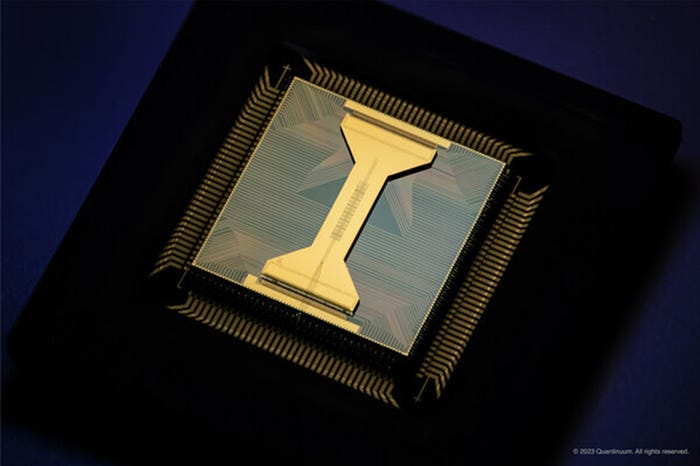2024 Telecom Predictions: The Year of 5G ROI2024 Telecom Predictions: The Year of 5G ROI
From 5G monetization, to enterprise-friendly private networks, to closing the digital divide – here’s where the telecom landscape is headed

In 2023, the telecom industry experienced a notable shift, marked by the ascendancy of key trends: the integration of AI-powered solutions, leveraging the cloud for enhanced scalability, and the growing adoption of standalone 5G technology, to name a few.
Now that we’ve closed out the year, it's time we look at what is in store for 2024.
At the highest level, 2024 will be the year of monetization of communications service providers’ (CSP) investments in 5G. While carriers continue to battle in the zero-sum game of consumer subscriptions, the real opportunity for CSPs to generate new revenue lies in enterprise use cases. The key for mobile operators is to move with agility to provide a multitude of purpose-built services that uniquely address the diverse needs of enterprise customers.
The 5G cores provided by legacy suppliers are not able to provide the agility carriers need to make money from their 5G investment. New, cloud-native 5G cores are emerging, working side by side with consumer 5G cores, to enable new services that offer a direct path to 5G monetization, all at a lower TCO and unbeatable time to market. CSPs’ moves to adopt cloud-native 5G cores will accelerate significantly in the coming year.
With cloud-native 5G as the backdrop, here are my predictions for 2024:
1. Enterprise-centric private networks will lead 5G monetization in IT and OT scenarios.
2024 will witness the rise of enterprise-focused private networks driving 5G monetization across IT and OT applications. These CIO-centric networks will cater to diverse commercial use cases, delivering high-bandwidth connectivity that combines mobile radio advantages with wifi-like ease of deployment and management. This shift will propel enterprises towards CSPs capable of offering rapid, cost-effective, cloud-native alternatives to the inflexible and expensive hardware-laden solutions offered by CSPs tied to legacy network equipment providers.
2. Fixed wireless access will complement fiber in bridging the digital divide, delivering last-mile broadband connectivity to rural and other underserved customers.
FWA will emerge as the primary solution for the U.S. government's broadband initiative to supply every region of the country with broadband connectivity. FWA expedites high-speed internet availability to homes, significantly outpacing fiber's lengthy deployment times. Additionally, FWA devices will enhance RAN densification in commercial zones, improving 5G signal strength throughout commercial properties.
3. The advent of the 5G innovation platform will empower CSPs to catalyze extensive advancements in 5G innovation.
CSPs will embrace cloud-native 5G cores, transitioning from creating a unique code base for each enterprise or consumer use case to establishing market microsegmentation and deployment of lightweight profitable services to address the distinct needs of each commercial customer.
4. Cloud-native Network Access Platforms will level the playing field among mobile, cable, and wireline providers, spurring development of new 5G services.
Cloud-native advancements in 5G architectures have reached a point of maturity where cloud-native network access platforms will become the equalizer for service innovation and new 5G-powered services. In wireline networks, cloud-native platforms will enable more flexible deployment models and help drive services further to the edge. On the cable side, cable providers will begin the transition to cloud-native cores and realize the initial benefits of user plane distribution.
About the Author
You May Also Like








